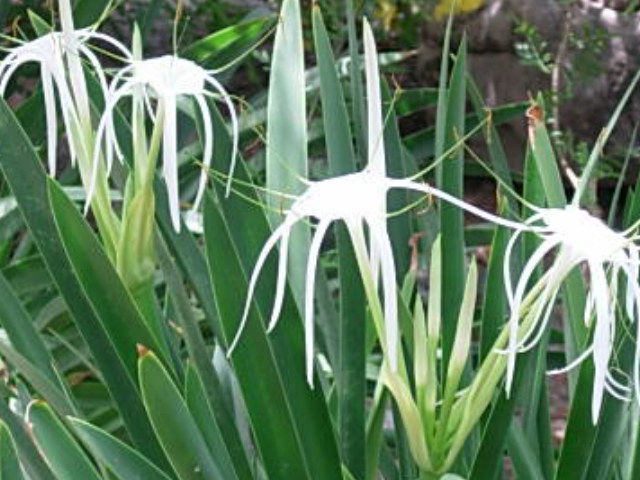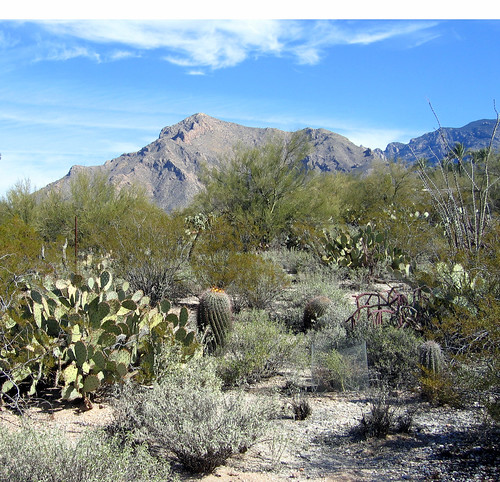
Park History
In the 1920s, the entire northwest section of Tucson was considered ideal for growing frost-sensitive citrus and date palms. Maurice Reid owned property from Orange Grove Road to Ina Road and planted it with groves of citrus trees. He introduced black date palms and grapefruit to the property that would become Tohono Chul Park. Groves of citrus trees remained even after Samuel W. Seaney subdivided the area in 1931, calling it Catalina Citrus Estates.
Maurice Reid, acting as realtor for Seaney, sold the future site of Tohono Chul Park to John T. deBlois Wack in 1937. Mr. Wack was an avid polo player from Santa Barbara and a friend of the Reverend George Ferguson, pastor of the newly consecrated St. Philip’s in the Foothills Episcopal Church. Following an afternoon spent drinking mint juleps, the Fergusons and young Gene Reid (future namesake of Tucson’s Reid Park Zoo) escorted the Wacks around the property. The Wacks purchased an 80-acre (323,700 m2) parcel for $16,000 – or $200 an acre (4,000 m²).
Later in 1937, a Santa Fe style house was constructed. The house still stands today as the Exhibit House.
The Wacks actually spent little time in Tucson. Gene Reid and Mr. Wack’s father, Henry Wellington Wack, founder and first editor of Field and Stream, acted as house-sitters. By the end of World War II the home had exchanged hands several times. Clifford Goldsmith, creator of the old-time radio series Henry Aldrich, rented the home at one point.
The Foundations of Tohono Chul Park
In 1966, a couple named Richard and Jean Wilson started piecing together patches of the desert that would form the core of Tohono Chul Park, ultimately owning 37 acres (149,700 m2) of the Wacks' original 80 acres (323,700 m2).
The son of a Texas oilman, Richard Wilson is a geologist, trained at Yale and Stanford. With his wife Jean, he came to Tucson in 1962 to teach at the University of Arizona. The Wilsons never occupied the Wacks' old home, but instead offered it to a succession of non-profit organizations as a halfway house or youth residence. It was during the 1970s that the couple was approached several times by developers seeking to purchase the land for commercial development. The couple always refused. In fact, when Pima County condemned a strip along the southern boundary of the property in order to widen Ina Road, Richard Wilson demanded that the county move every saguaro and replant it on their adjacent property.
In 1979 Jean Wilson opened the Haunted Bookshop on Northern Avenue along the eastern edge of the site. Once the bookshop was up and running, the Wilsons began planning trails behind the building and marking the names of the native Sonoran Desert plants with tags. In 1980 they received a citation from the Tucson Audubon Society for saving the desert greenspace and opening it to the public.
The





from wikipedia.org


No comments:
Post a Comment